On a recent Sunday I found myself standing in an antique shop in Frankfurt, close to the Römer. There was the usual random assortment of things, old furniture, crockery, photographs… Browsing through the warren of rooms, which extended much further back than the shop’s modest exterior suggested, I caught site of a framed photograph lying on the floor.
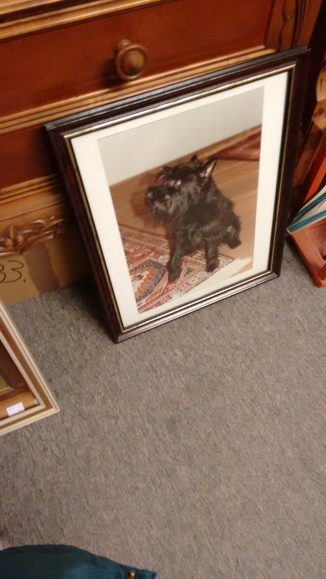
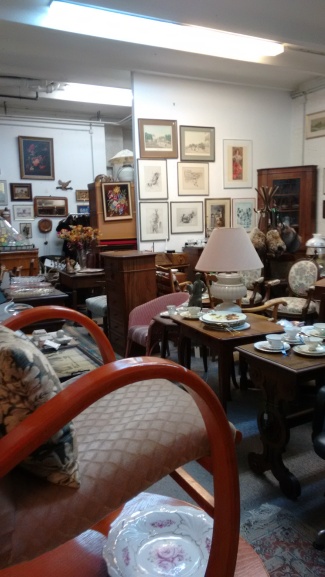
It is a photograph of no particular artistic merit. The shopkeeper certainly hadn’t given it pride of place, but obviously hoped to get a few euros for it. I was struck by it because it reminded me of the countless photographs that I’ve taken of my beloved cat, Shots. My photos are equally unartistic, and they capture a beast devoid grace or nobility. Shots is a cuddly (fat), lazy, cowardly cat. But he’s my cat, and the photo of him that is blue-tacked to my office wall makes me smile when work is dragging. It reminds me of his antics; how he greets you in the morning with a disgruntled ‘mef’, how he snores on my lap on winter nights, and follows you around the garden on summer days.
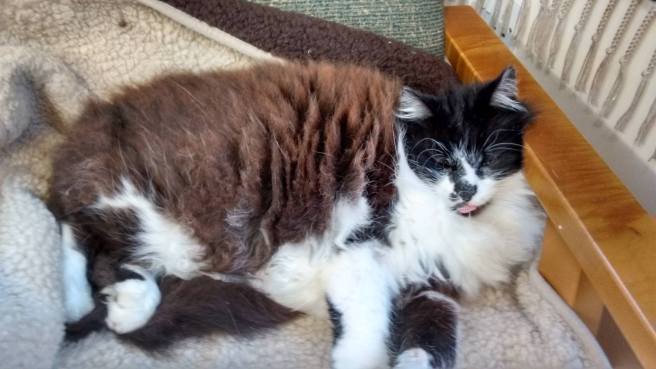
This photo of the little black dog was the same, an attempt to capture an impression of a treasured thing, something to lift the spirits and to remember with. Yet here it was in an antique shop going for a few euros, reflecting nothing of the love and happy memories that it likely encapsulated. How did it get there? Did the owner get rid of it (maybe they had a better picture)? Was it a strange unwanted Christmas present? Did the owner of the photograph die and thus no one remained who shared the particular memories of that particular little black dog? I tend to think it was the latter, but perhaps I’m just morose.
I really like second-hand and antique shops, I like objects that have histories, even if we can’t access them. But standing in this Frankfurt shop I felt surrounded by the fragments of peoples’ lives. There were sets of little figurines, probably carefully collected by someone over time, sort of Sylvanian Family type things, nutcrackers, and little soldiers too which may have been hand painted by their former owner. Each individual one had a price. Collections assembled over a lifetime were here to be dispersed. Things were taken out of order, grouped by material or type; there were whole racks of hideous fur coats.
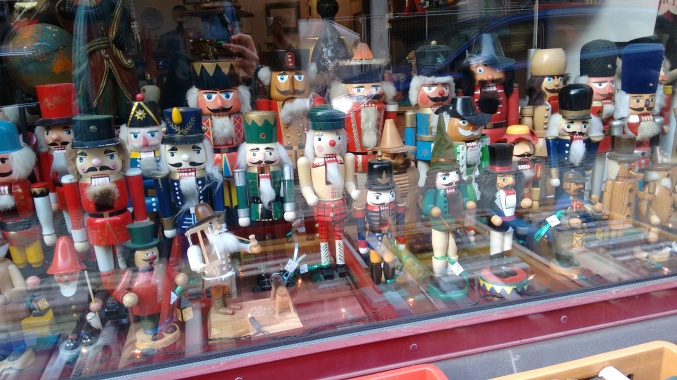

A few days later in Nürnberg I was browsing at a secondhand book stall opposite the St. Lorenz Kirche, which was furnished with texts on topics from fiction to cookery via art, history and religion. Sometimes we fall out of love with things. Quite simply, we change over time and curate our collections in line with these changes. We often bring the pieces of our collections to the charity or second hand shop ourselves. But what about the box of postcards, written and set by various people from various different destinations, what about the photographs that interspersed them? How did the photo of a young man in a military uniform come to be there?
There are some things, photos, letters, that seem to intimate to have been given up by their original owner, the person who collected them and to whom they meant something. I imagine these things as being dispersed by relatives after a death, or through an auction of possessions which have no heir. Although we develop and redesign our collections over our lives, there is always a certain amount of stuff which those of us who are fortunate to actually live in enough comfort to do so accumulate. (Collections and privilege may be the subject of a future post.) A certain assemblage of items that we see as ‘my collection‘. We see these objects as permanently ours, but in reality they often outlive us. We don’t often think about the afterlives of our collections, save maybe in terms of wills and inheritance. But the little everyday objects, the books, the mugs, and the terrible photographs – we don’t think very much about what will happen to them. Our most treasured objects simply don’t have the same emotional resonance for others, even our loved ones. So stuff gets boxed-up and given away or sold off. Things like the book below given by a husband to his wife.
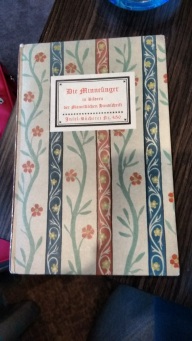
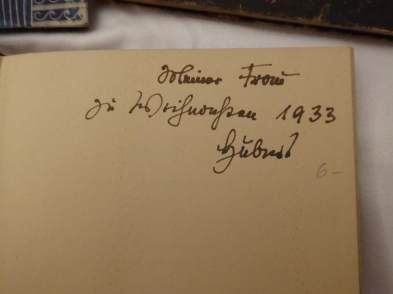
When we go, the meanings of our personal collections go. No one will view or understand them through the same lens. Yet these objects enter new collections, are re-collected and assume new meanings. A little part of us enters a wider human web, meanings layer up within an object. We usually can’t find out much about the previous owner of a book for example, why they bought that book, what they felt about it, who they were and what this object witnessed from a shelf in their lives. But the weight of the history is there, the sense of connection between human lives in a circle of collecting, dispersing, re-collecting. It’s kind of sad, but it’s kind of beautiful too.
 But we only leave things, rarely meanings.
But we only leave things, rarely meanings.
Recommended Reading: ‘Housing Mr. Biswas’ in Known and Strange Things by Teju Cole.
